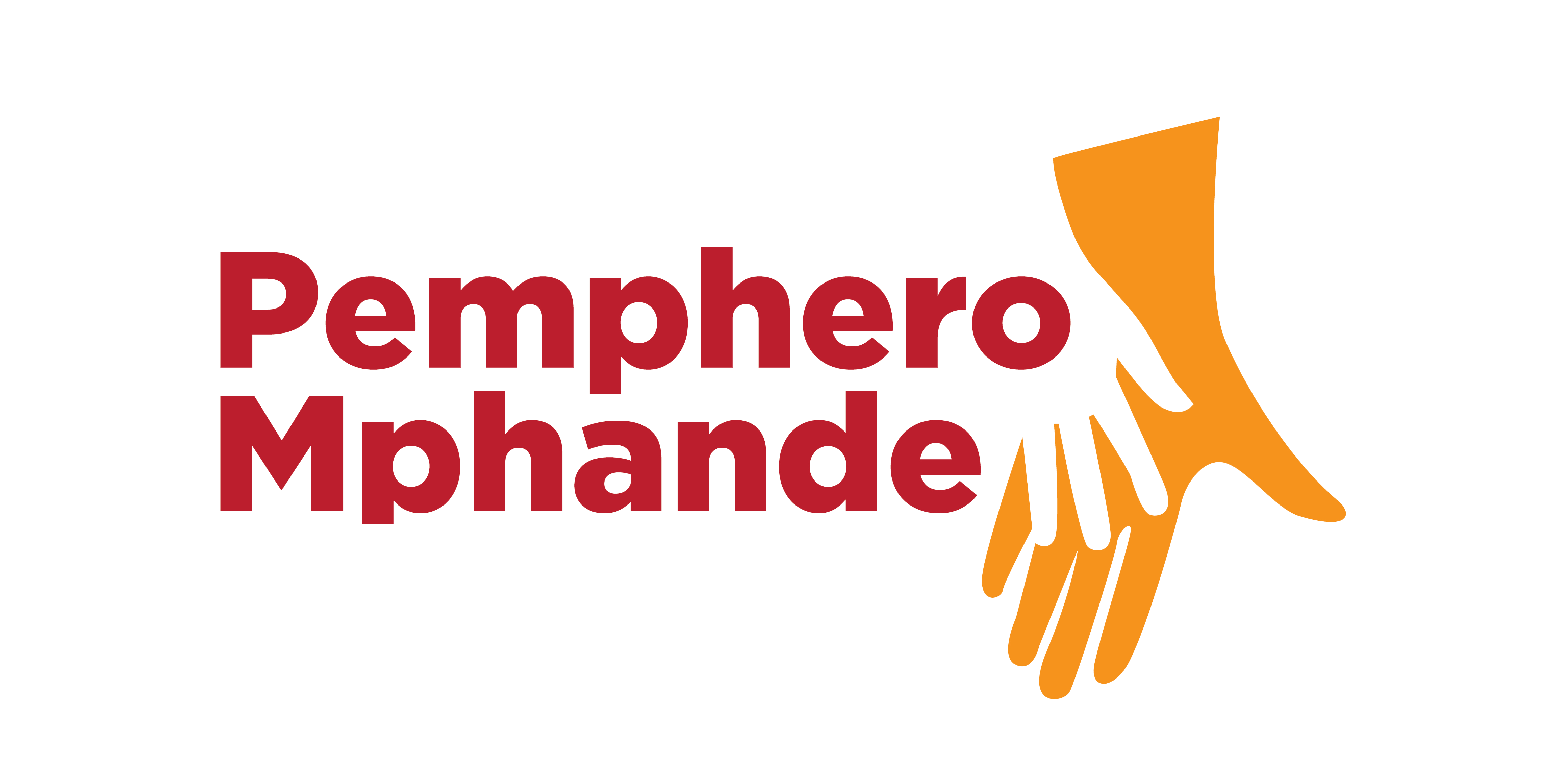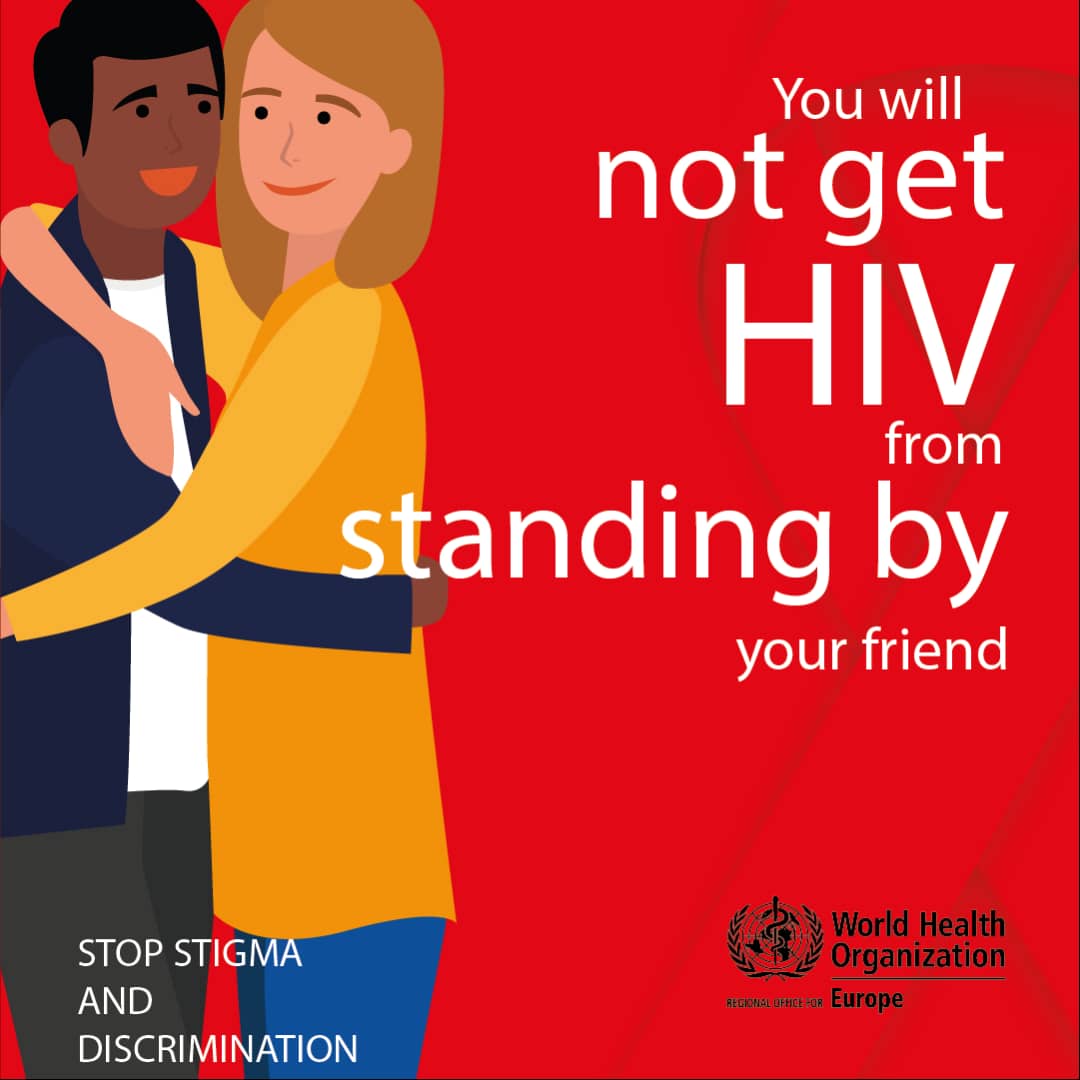I work for Forum for AIDS Counselling and Training(FACT) as the Executive Director. In working with young people, we have used social media a lot . We have a program where we counsel and talk to young people regarding sexual and reproductive health and rights (SRHR), and in particular HIV.
In August of 2017, we received a text through our Facebook page from some young man from Blantyre who said he had had unprotected sex with a female he suspected was HIV positive. As is protocol, the administrator of the page tried to engage the young man to see if any help would be offered. The easiest approach was to find out when the incident happened and if it had been not more than 72 hours before, he would be encouraged to go to a nearest hospital for PEP (Post exposure prophylaxis). PEP is short-term antiretroviral treatment to reduce the likelihood of HIV infection after potential exposure, either occupationally or through sexual intercourse which must be taken with 72 hours (3 days).
As we found out, he had the sex about 14 hours before. He was advised go to the nearest health centre to seek PEP and the requirement would be for him to be tested first, and if found HIV negative, he would be given the 30-day, single tablet a day prescription. To the administrator’s surprise, the young man refused and instead, asked if we had PEP which we could give him without being tested.
When I came in, the first thing I did was to read the conversation from the start and here is what I noticed from the start, “Please, keep my name anonymous. I need your help”. That said it all to me. The problem with the young man was STIGMA and fear for discrimination. And indeed, he affirmed that by telling me, he was scared to go for HIV testing services (HTS) because he was scared of the health care workers who he said, “tell results to people”. He further explained to me that his mother who is also living with HIV found out that the nurse at the clinic she went to collect her ARVs had told her close friend she was HIV positive.
In the end, I failed to convince the young man to go for testing. He said he would observe himself and if anything he would let me know. I gave him my number and assured him that his secrets were safe with me. I forgot about the young man and weeks went by. Then on the 20th of September, 2017 he called me. He said he wasn’t feeling well. He was feeling fever, nausea and had persistent nasal congestion (a flu like symptom).
“Could it be HIV?” he asked me. I didn’t know what to say because to me those felt like symptoms of the early stage of HIV infections which among others includes the following symptoms; fever, Fatigue and headache, swollen lymph nodes, achy muscles and joint pain, Skin rash, Nausea, vomiting and diarrhoea, Sore throat and dry cough, Night sweats.
These symptoms vary between individuals however the first signs of infection generally appear within the first 1-2 months. Many, but not all, people will experience severe flu-like symptoms which is your body’s natural response to the virus. This is called the ‘seroconversion’ period.
I suggested that him and me meet, to which he reluctantly agreed after I assured him of privacy. We met two days later at our office in Mount-pleasant. Apart from the flu like symptoms, he also had swollen lymph nodes. It took some convincing to get him to go for testing and he was indeed found HIV positive, three weeks later.
When I called him to seek his permission to write this article, on Tuesday, 28th November, 2017, he said “No names please” and later told me, “I have just taken my today’s pill”.
This is one case of a person who most likely got HIV when it could have been prevented because of stigma. He tells me he regrets refusing PEP. But how many people out there are scared today to go for testing, treatment or to come out in the open about their status because they are scared of society’s perception? Many.
This year is 2018, and marks 33 years since the first case of HIV in Malawi was reported at Kamuzu Central Hospital in 1985. Stigma which can be defined as a form of prejudice that discredits or rejects an individual or group because they are seen to be different from the mainstream has also lived on for all those 33 years. In the case of HIV, people living with the virus are regarded as the “the sexually promiscuous ones” and therefore face discrimination.
Yet in all the time that has passed, we have seen people live with HIV for 20, 30 years because treatments have improved and people now say “it is no longer a threat”. So why has stigma persisted? In Malawi stigma has a history. For example, Dr Banda, the president in 1985 believed that issues relating to sex, including HIV transmission, should not be addressed in the public sphere and it was almost illegal then for citizens to discuss the epidemic openly. This has contributed but the reason is because HIV has been associated with “sexual immorality” and therefore no one wants that association.
But the writing on the wall says; with continued stigma, the goal to end HIV as an epidemic by 2030 under the current global 90-90-90 targets will be a challenge. We can introduce compulsory testing, but we cannot force people that feel discriminated to show up for treatment, take their treatment, tell their family and friends and not to go on spreading the virus to others- it is therefore, time to reconsider our approaches and policies to focus on behaviour change that tackles stigma and discrimination even more while we champion treatment.


0 Comments